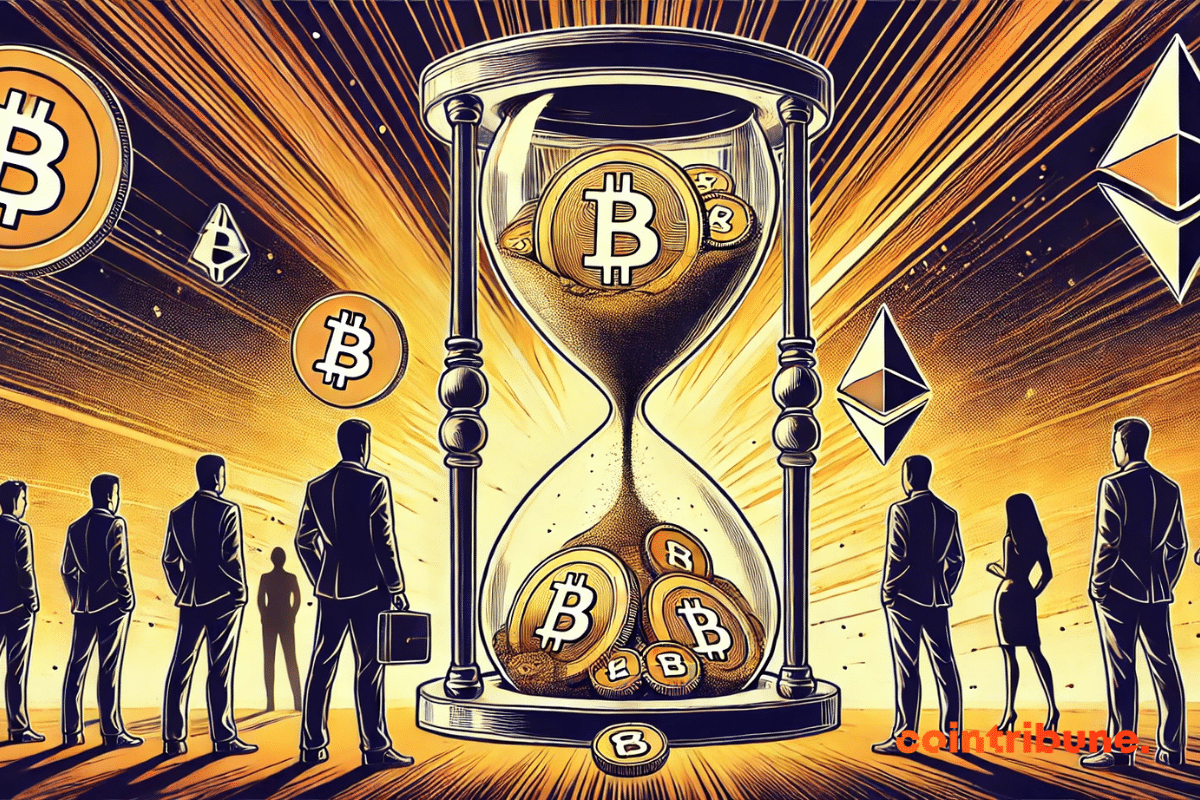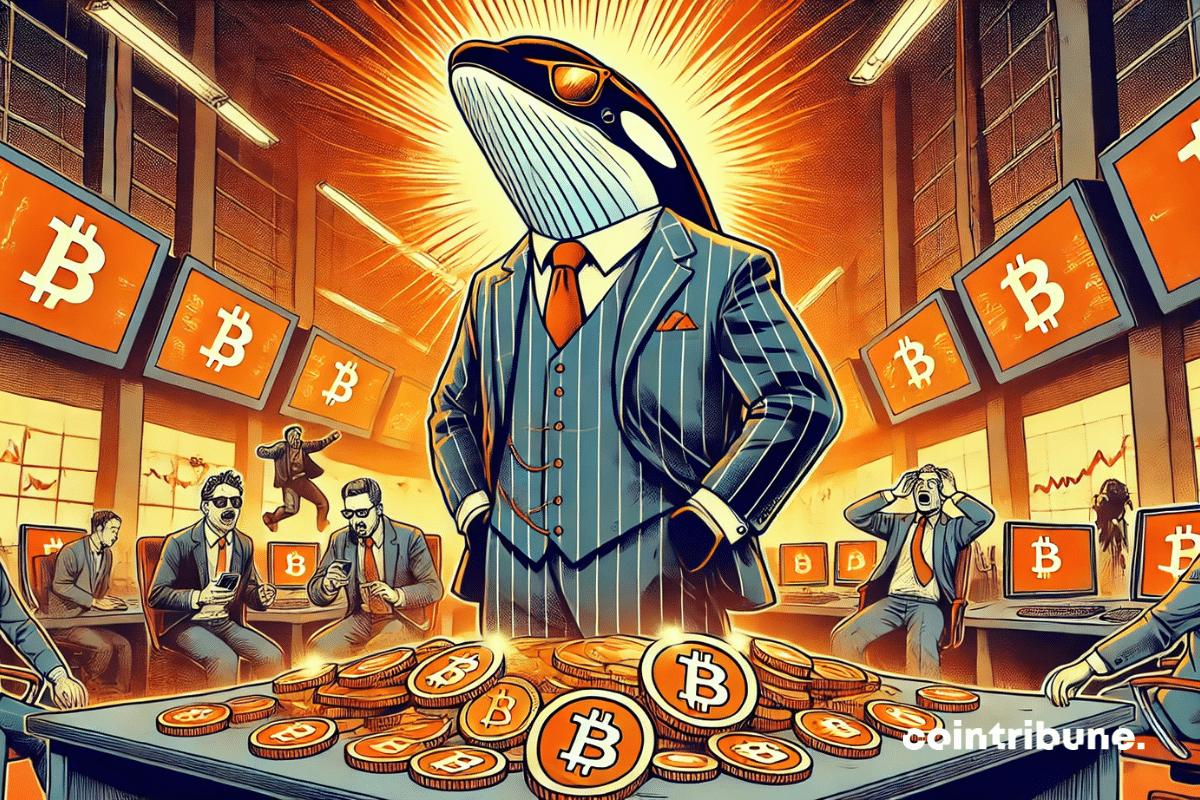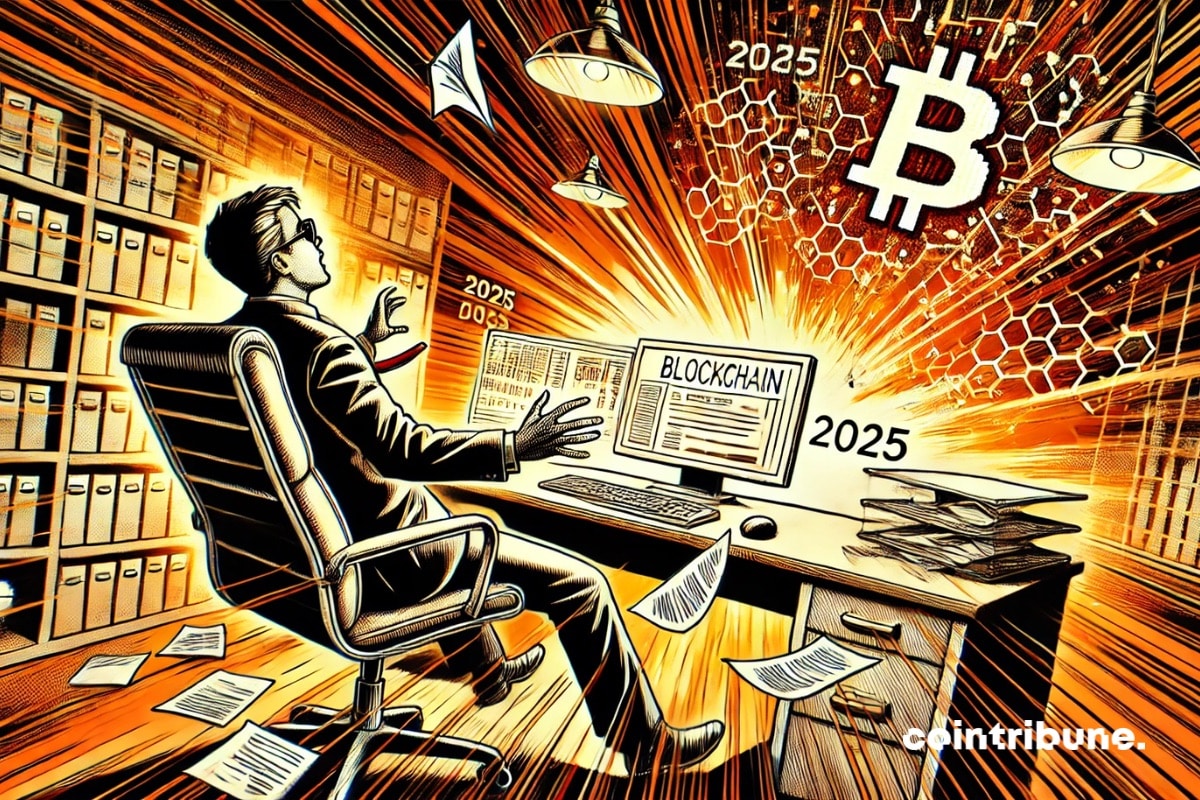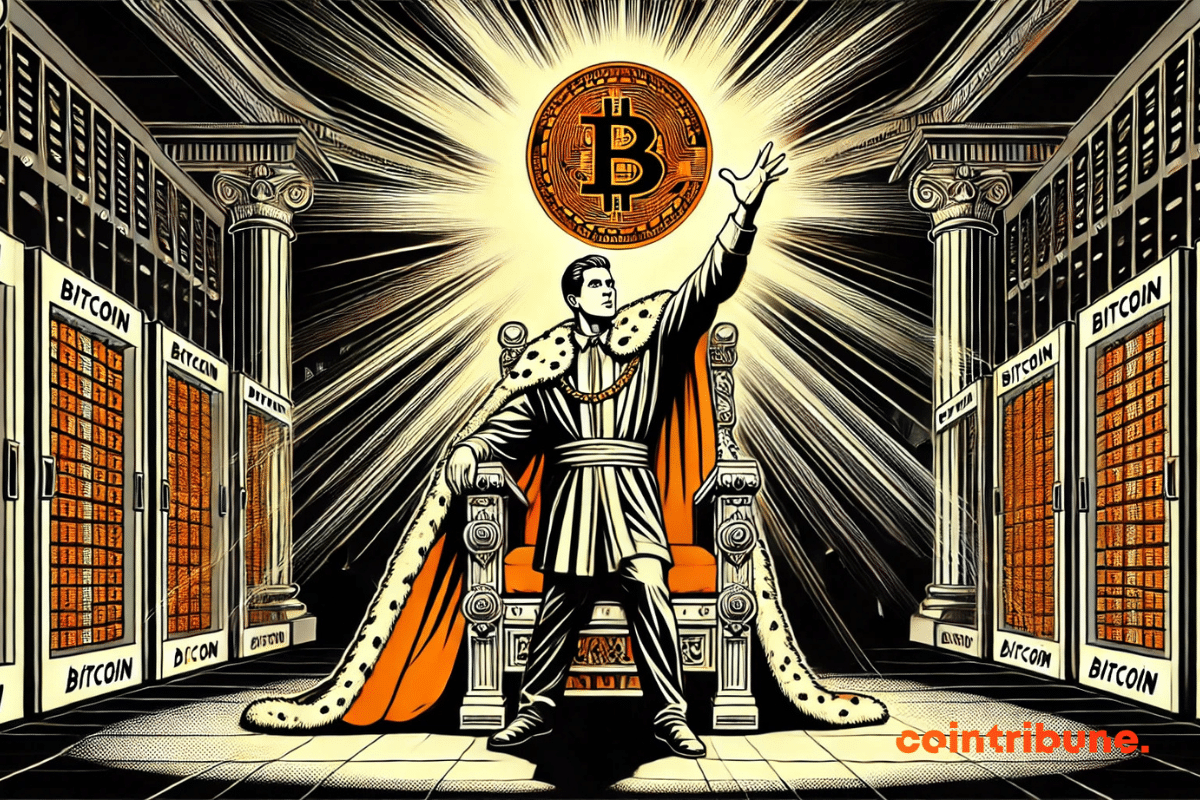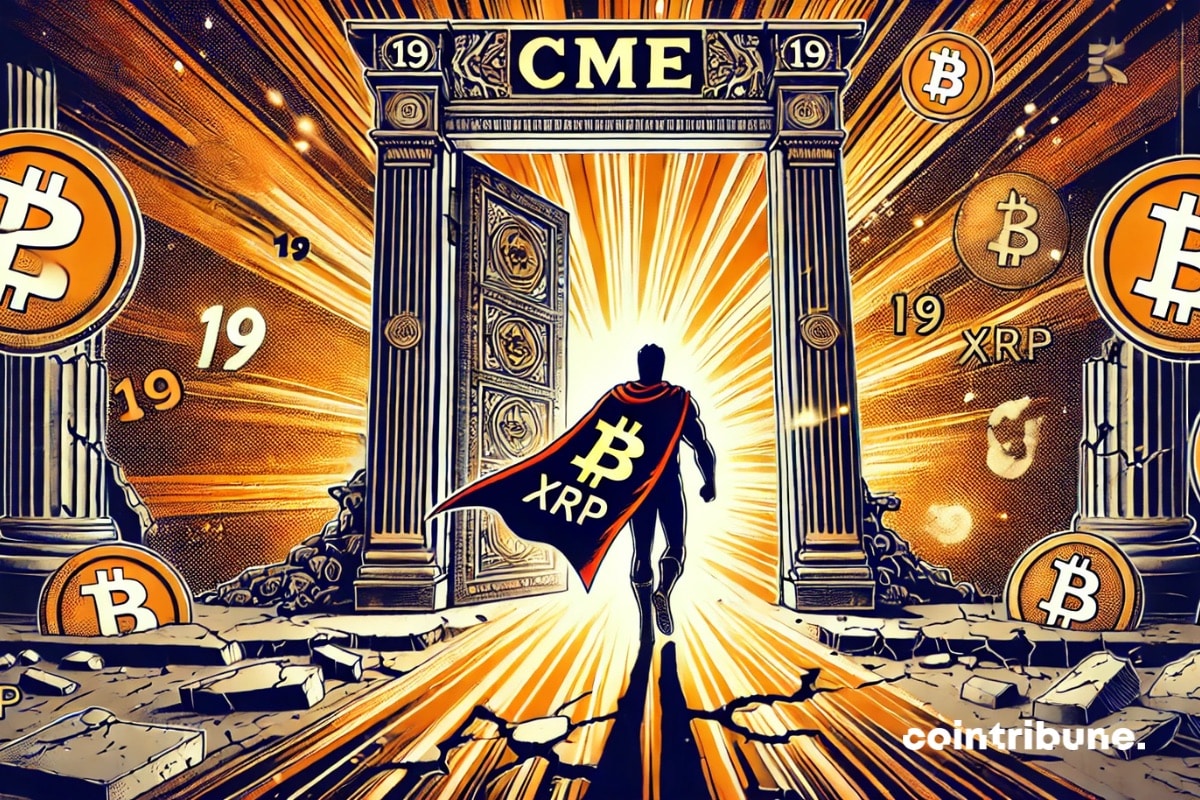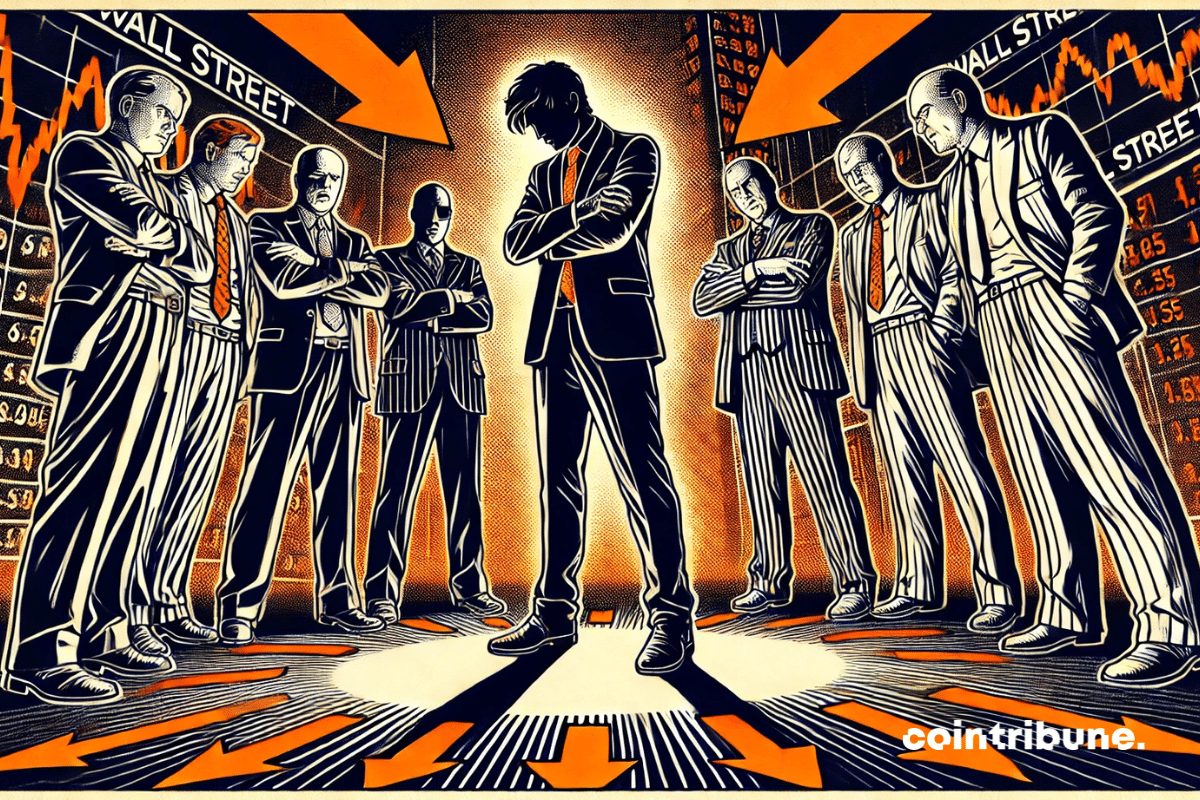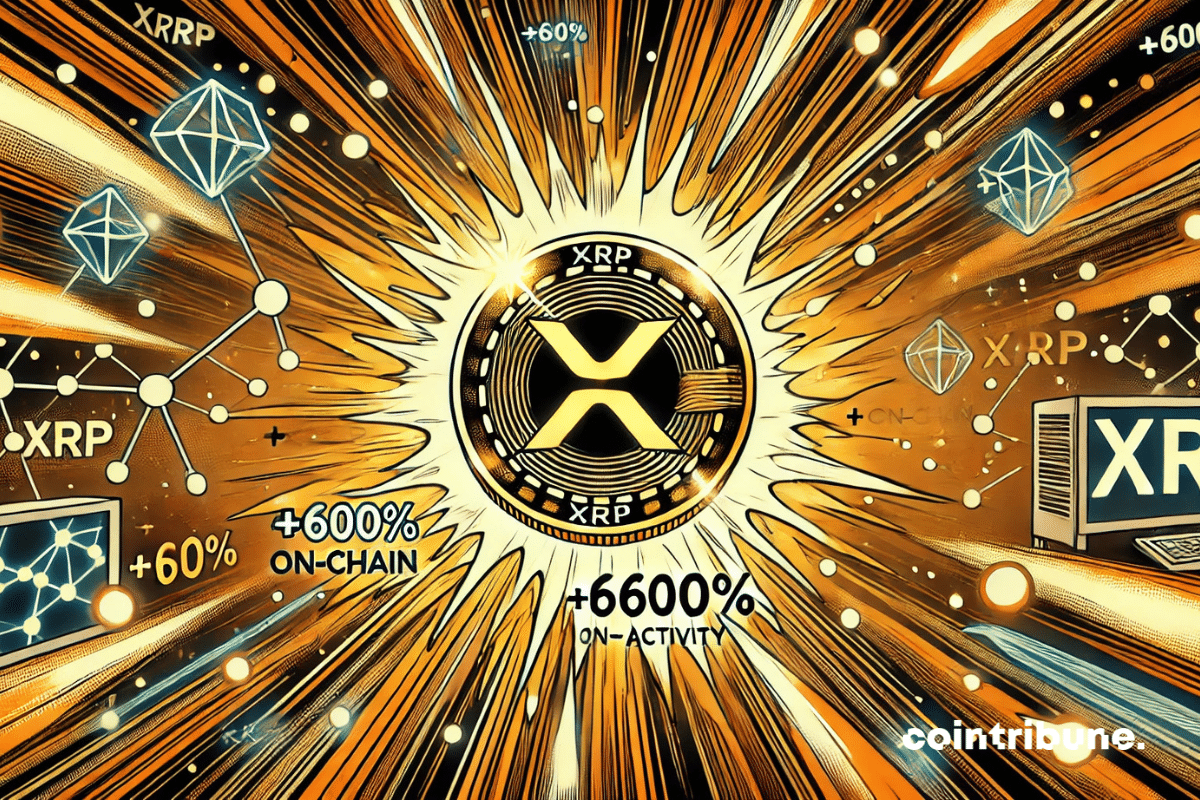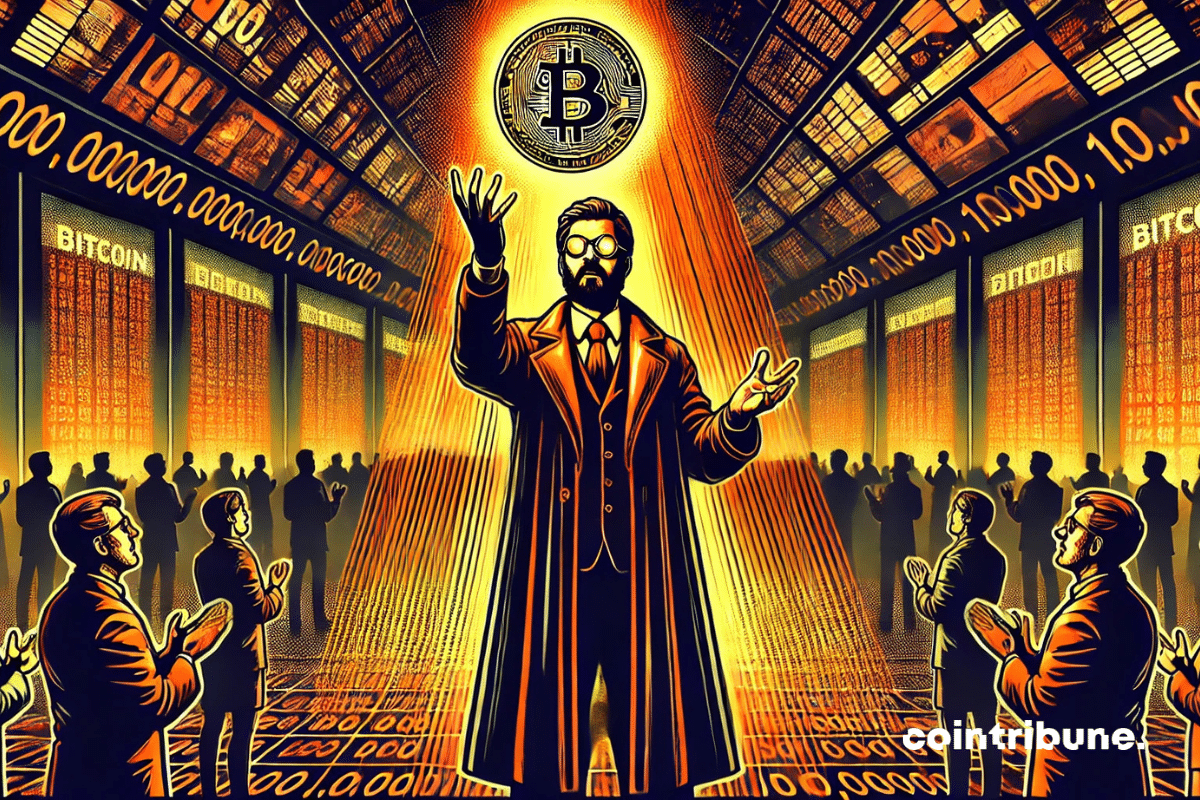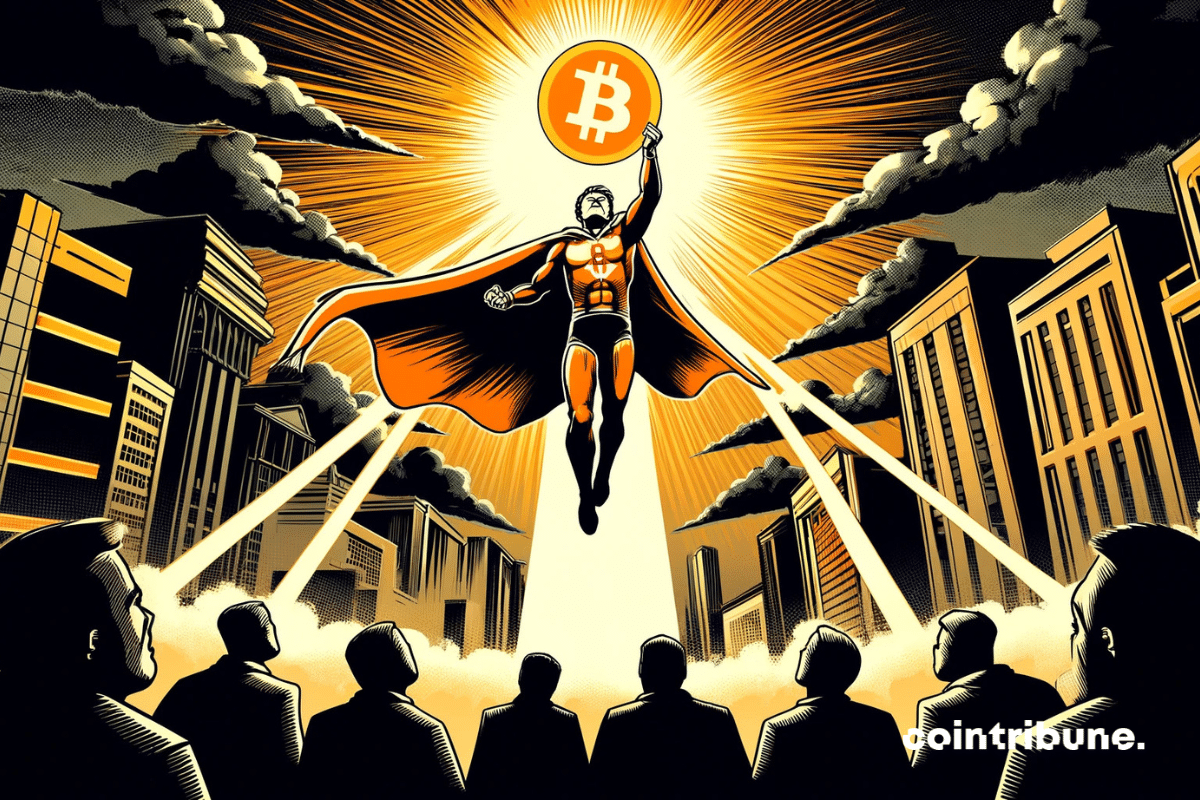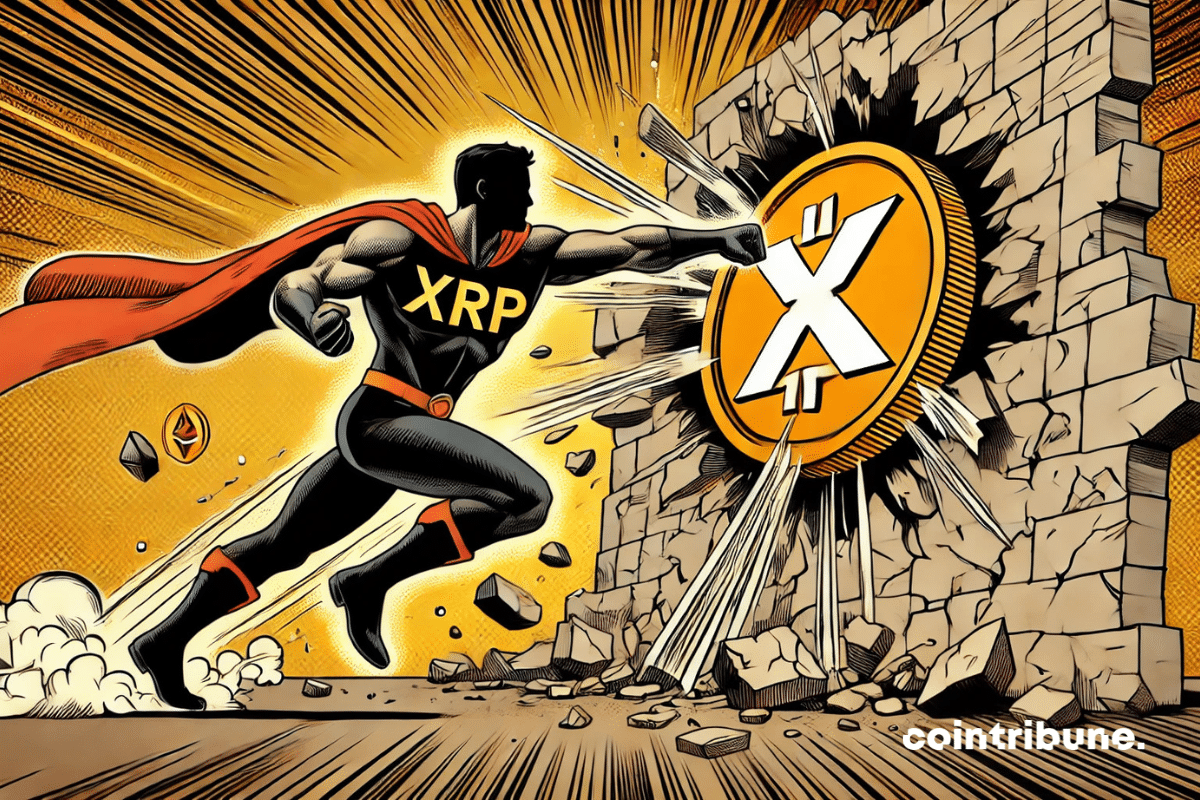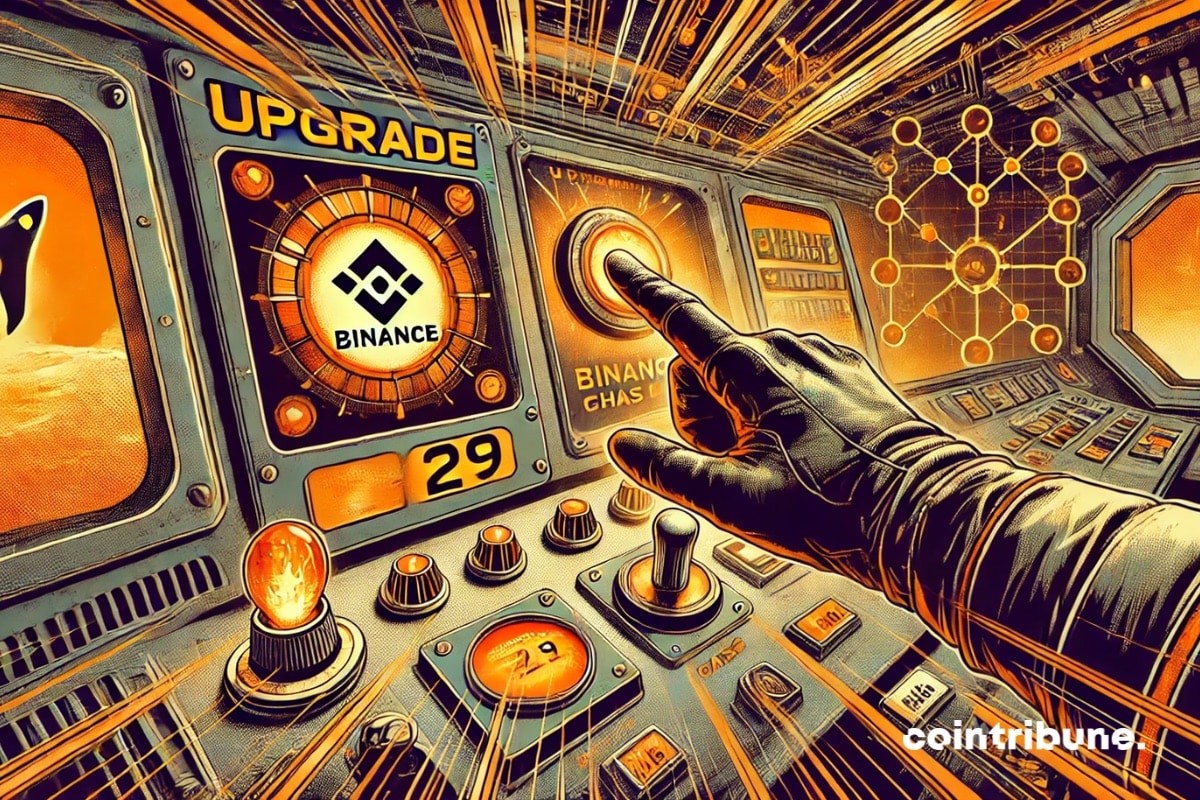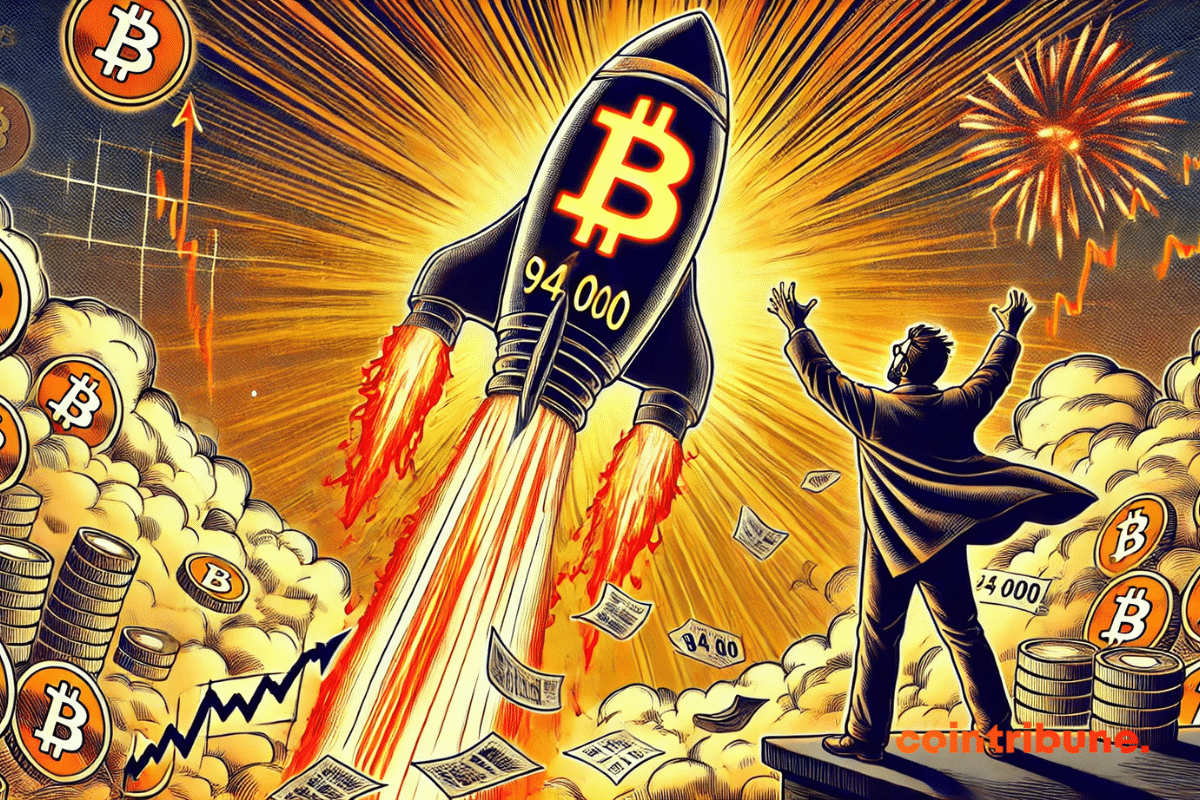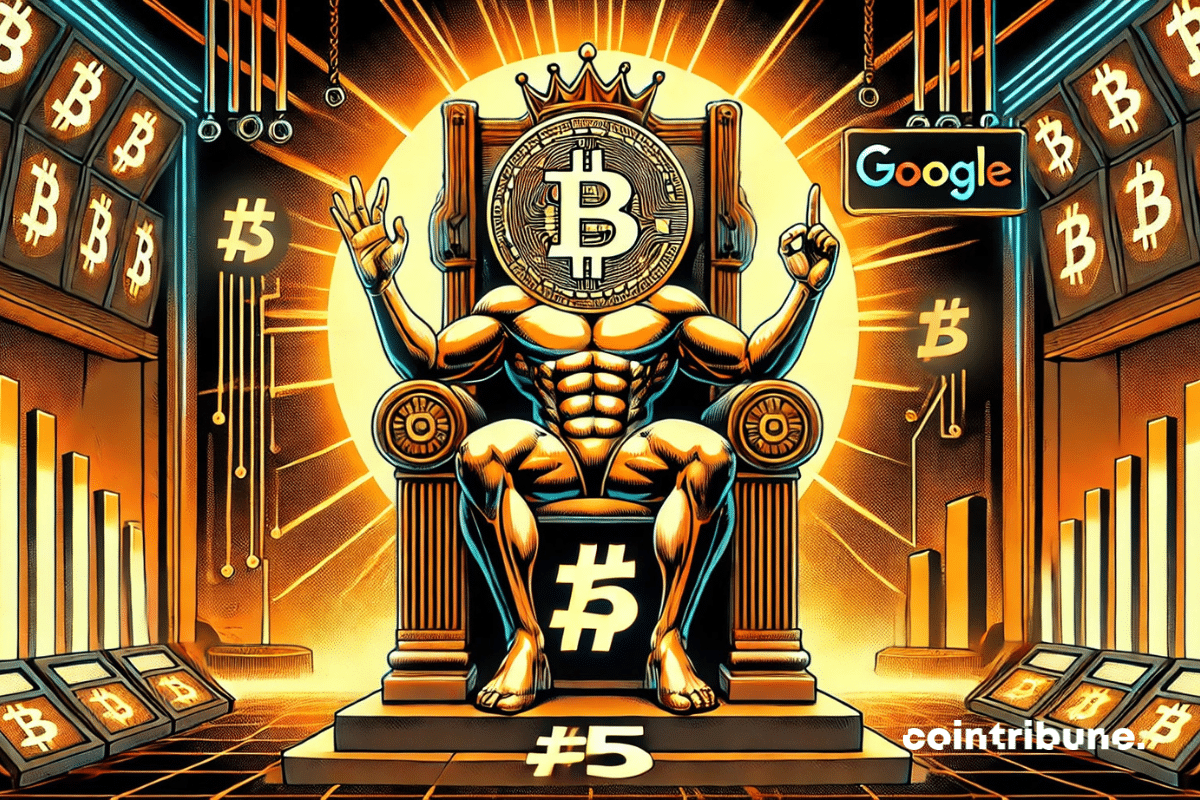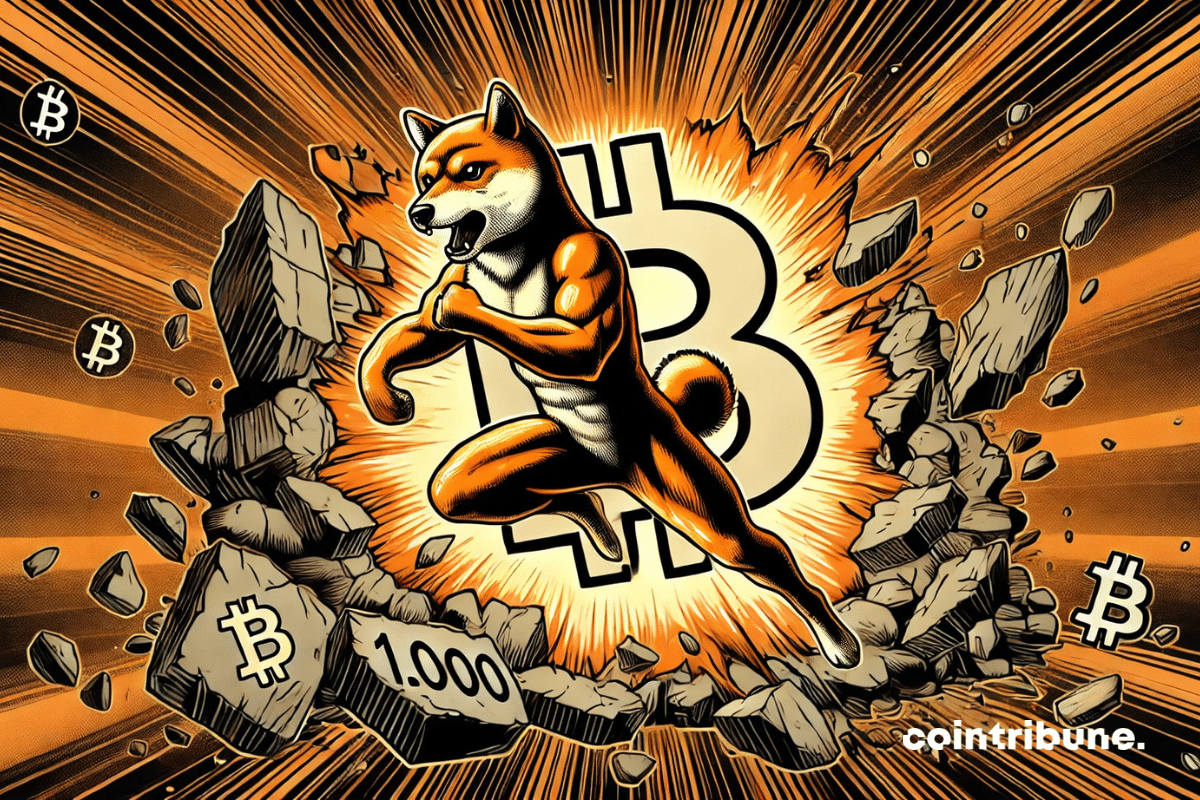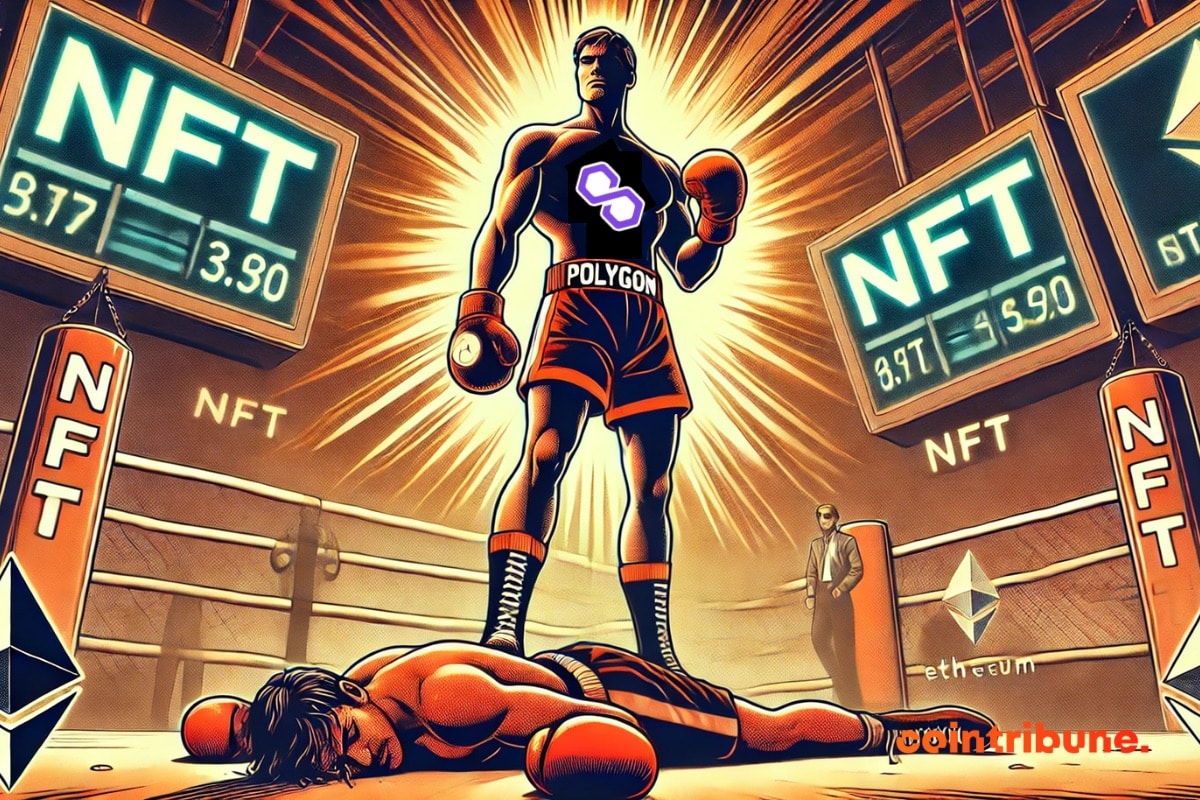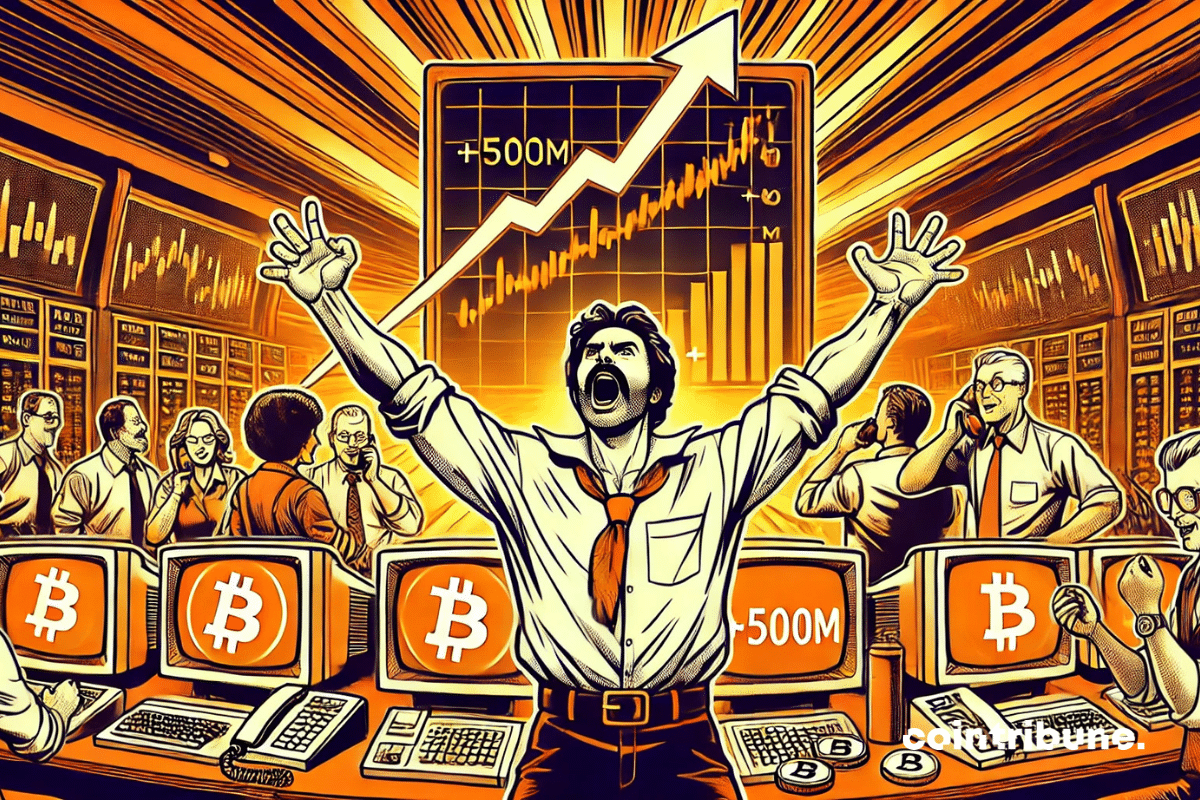The apparent calm of the crypto market could well shatter. At stake: over 8 billion dollars in Bitcoin and Ethereum options are set to expire this Friday, one of the largest volumes of the year. With each expiration, volatility looms. However, this time, the gaps between current prices and pain points could trigger unexpected rebounds. In a climate of macroeconomic hesitation, this massive expiration could well hasten a new fundamental movement.
Crypto News
Is history repeating itself? In 2025, capital movements on Bitcoin platforms strangely resemble the tremors of 2023. The numbers speak for themselves: net outflows reach unprecedented levels not seen in two years, while exchange reserves plunge toward historical depths. But behind these statistics lies an invisible duel: whales are accumulating, small holders are capitulating. A scenario reminiscent of the early days of a bullish cycle, where strategy and psychology collide.
Are crypto ETFs in danger? The SEC prolongs the wait despite a new pro-crypto president. The details in this article!
Blockchain could experience its major turning point in 2025, comparable to the explosion of ChatGPT in AI. Driven by favorable regulation and the rise of stablecoins, this technology is set to revolutionize traditional finance and public systems, according to a compelling analysis by the American bank Citigroup.
Despite a bleak market climate, Ethereum is sending a strong signal: 449,000 ETH have been transferred in one day to accumulation addresses, an all-time record. This strategic movement, observed amid falling prices, reveals a persistent confidence among some long-term investors. Contrary to the prevailing sentiment, this operation raises questions about a possible cycle change, as volatility remains high and economic uncertainties continue to weigh on the entire crypto sector.
According to Prince Filip Karađorđević, heir to the Serbian crown and recognized advocate of bitcoin, the queen of cryptos is temporarily constrained by market manipulations, before a dramatic rise that is on the horizon.
Ripple enters a new era. The Chicago Mercantile Exchange (CME) Group, the global benchmark for derivative products, announces the launch of futures contracts on Ripple. A historic decision that propels XRP into the big leagues and could ignite its price in the weeks to come.
When Donald Trump challenges the bond market, it is not just a political confrontation: it is a systemic shock. The American president, driven by an interventionist economic vision, has triggered a wave of instability by upsetting the balances of interest rates and Treasury bonds. Opposing him is a relentless market that did not take long to react. This showdown, far from being anecdotal, reveals the fragilities of a strained economy and revives the debate on the reliability of traditional assets in times of uncertainty.
XRP, the crypto that was sleeping, is waking up from its digital coma with a jolt worthy of an earthquake, flirting with new heights and landing on traders' radar.
The history of bitcoin is marked by bold predictions, but Adam Back's, a key figure in the ecosystem, stands out for its blend of technical precision and historical mystery. As the creator of HashCash, mentioned in Satoshi Nakamoto's whitepaper, forecasts a bitcoin at 1 million dollars by 2025, one question looms: is this a cold analysis or a cryptographic legacy speaking through him?
The Fed turns a page in crypto regulation. By revoking two major directives imposed on banks since 2022 and 2023, the American institution reshuffles the cards of crypto supervision. Its new stance, embodied by letter SR 25-4, abandons the requirement for prior reporting in favor of an autonomous risk management approach. This is a discreet but strategic repositioning in a context where regulatory pressure is intensifying and the fault lines between financial innovation and institutional control are becoming increasingly visible.
When crypto turns into an invitation card: to have dinner with Trump, all you need is to own his token. Political marketing is certainly no longer afraid of ridicule.
The Solana Foundation is adopting a new policy that will gradually remove low-external-participation validators. This initiative aims to strengthen the decentralization of the network while addressing concerns regarding validators' reliance on support from the foundation.
Bitcoin, like a financial phoenix, rises from its ashes with disconcerting vigor. Surpassing $95,000, the queen of crypto shakes up the markets and revives hopes for a historic six-figure peak. Behind this ascent, a complex alchemy unfolds: historical holders, new capital, and psychological balances create a treasure map filled with traps. How to interpret this dance of numbers? Between euphoria and caution, a deep dive into the entrails of a boiling market.
According to a recent analysis by Bloomberg Intelligence, several large publicly traded American companies may soon adopt bitcoin as part of their cash reserves, in response to growing economic uncertainties.
The crypto universe has just experienced a dramatic twist. While Bitcoin hovers around $94,000, Cardano (ADA) is making an unprecedented breakthrough: its trading volume exceeds one billion dollars in 24 hours, propelling its price up by 11%. A performance that raises as many questions as it fascinates. Behind these figures lie technical mechanisms, power struggles between buyers and sellers, and an alchemy unique to decentralized markets. A deep dive into the guts of a rebound that could reshape the balance of cryptocurrencies.
XRP crosses $2.28 and intrigues crypto analysts. Upcoming rise or just a flash in the pan? Complete technical insight.
The BNB Chain network is gearing up to take a crucial step with the activation of the Lorentz hard fork, scheduled for April 29, 2025, at 5:05 AM UTC. This technical upgrade marks a major evolution of Binance's blockchain infrastructure, aiming to enhance the speed and fluidity of crypto transactions.
While Web3 projects compete with announcements, Pi Network surprises with a marked surge in its token. Within 24 hours, its price rises by 5%, accompanied by a trading volume increase of 66%. This resurgence of interest coincides with a long-awaited milestone: the launch of the migration to the mainnet. For a project often deemed enigmatic, this shift to a fully operational blockchain environment redefines expectations around its credibility and roadmap.
Bitcoin flirts with new highs and shakes the market. By crossing the $94,000 mark, the cryptocurrency triggered a series of liquidations worth hundreds of millions of dollars, causing bearish positions to wobble. In a climate filled with macroeconomic uncertainties, this surge fuels speculation about a leap toward $100,000. The euphoria of bullish investors faces the nervousness of short sellers in a market where every move seems dictated by fear, tension... and instinct.
Bitcoin dethrones Google, taunts Wall Street in a sweat, and climbs like a digital goat on amphetamines while the dollar stumbles and the stock markets take a tax nap.
The SEC is changing its face, and with it possibly the future of crypto regulation in the United States. With Paul Atkins at the helm, the sector finally envisions a more coherent approach open to innovation. A decisive turning point for an ecosystem in search of clarity, after years of legal ambiguity.
Neglected, criticized, almost forgotten... Ethereum has just reminded us that it is not done yet. In just two weeks, ETH has surged by 30%, surpassing $1,800. Between a reversal figure, falling fees, and a renewed global interest, the machine is back in motion. How far will it go?
The memecoin Shiba Inu (SHIB) is showing encouraging signs of recovery with an 8.6% growth over the past seven days. While Bitcoin continues to lead the bullish cryptocurrency market, SHIB is attempting to break through a major technical resistance that could determine its trajectory for the weeks to come.
Polygon surprises the NFT market by surpassing Ethereum with a collection backed by physical assets. This performance marks a turning point in the industry, where the tokenization of real objects is increasingly attracting investors seeking tangible value and blockchain security.
Dogecoin (DOGE) is at a decisive turning point. Indeed, far from its image as a mere "memecoin", it is facing a price zone that could seal its immediate future. Stuck below the key technical threshold of $0.17, it oscillates between a bullish breakout and the risk of a sharp drop. In a crypto market seeking benchmarks, DOGE embodies the tension between speculation and reality. This critical moment could redefine its legitimacy and role in the crypto ecosystem.
Ethereum is regaining momentum. While its price struggles to bounce back, the network is witnessing an explosion of new users. With 1.83 million depositors in a week, the DeFi crypto star seems to be regaining the interest of investors. A strong signal that could indicate a trend reversal.
While Wall Street is emptying its pockets, Bitcoin is puffing its chest, flirting with the peaks and attracting billions — crypto is becoming the new refuge for capricious capital.
Bitcoin has just crossed the symbolic threshold of 90,000 dollars for the first time since early March, following a spectacular rally of nearly 20% from its low of 75,000 dollars. Has the upward train already passed, or is there still room for the flagship cryptocurrency to grow?
On Monday, April 21, 2025, a remarkable divergence appeared in the global financial markets. While American stocks were experiencing a sharp decline, the crypto sector showed impressive resilience, gaining 60 billion dollars in capitalization.
